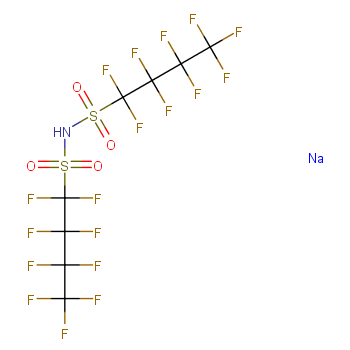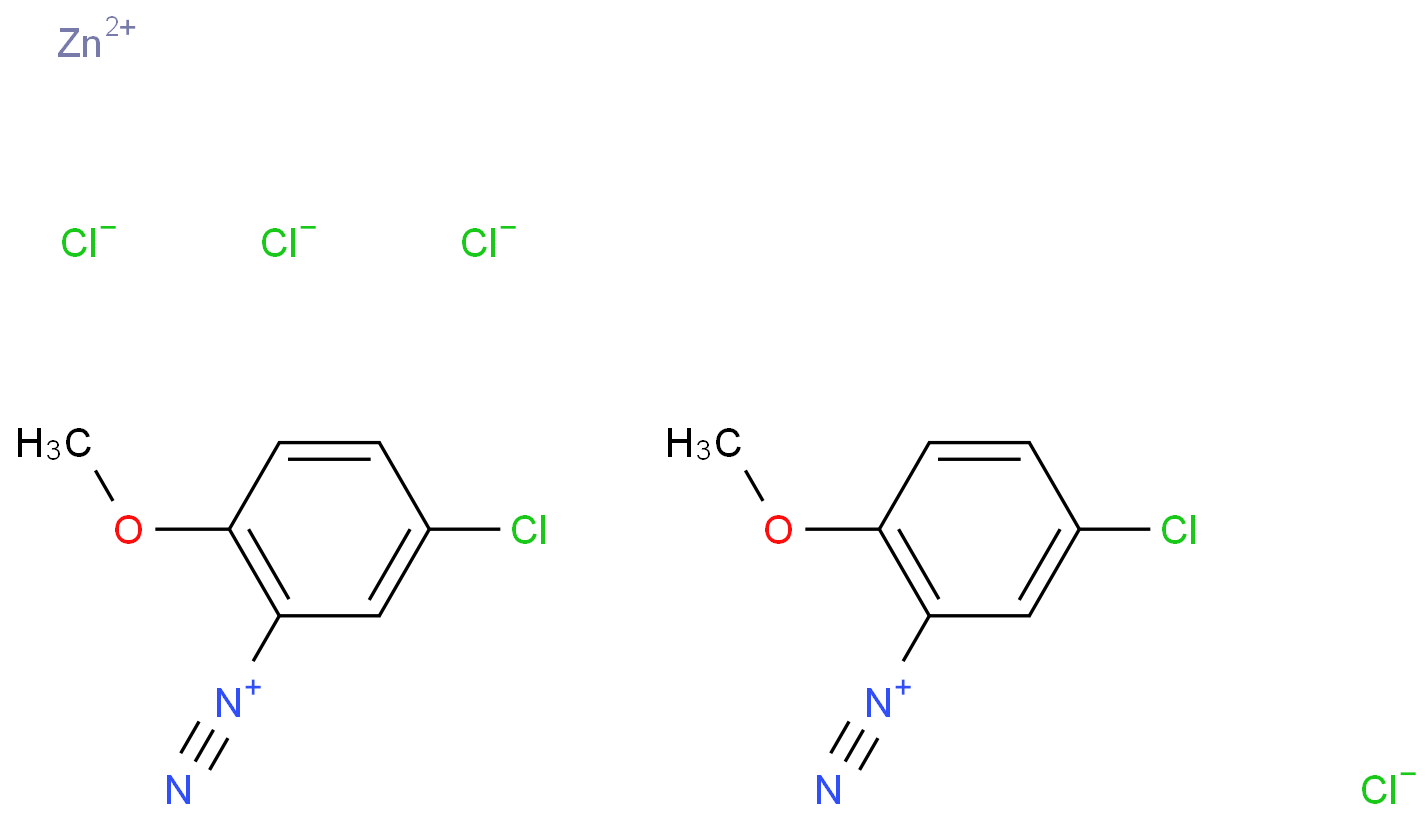 |
Why transition metal chloride complex have lower reduction potential than metal aqua ions? For example:
AuX3+(aq)+3eX??Au(s)E°=+1.52 V[AuClX4]X?(aq)+3eX??Au(s)+4ClX?E°=+0.93 V
Is it because the chloride complex formation constant is very high (higher than aqua ions) so the reduction of AuX3+
 |
The anion AuClX4X?
AuX3+(aq)+3eX?????Au(s)E°cathode[AuClX4]X?(aq)+3eX?????Au(s)+4ClX?(aq)E°anode
If we substract the equation (2)
AuX3+(aq)+4ClX?(aq)????[AuClX4]X?(aq)E°cell=E°cathode?E°anode
The equation (3)
E°cell=RTnFlnQ=RTnFlnKf=0.0592nlogKf
This last solution of the equation (4) (where n=3) is because, when at equilibrium Q=K. If we know the Kf, we could have find the E°cell, and hence E°anode (which is for AuClX4X?). Unfortunately, I couldn't find Kf for AuClX4X? ion formation. Thus, I'd show how big Kf for AuClX4X? by applying the given values of E°cathode=+1.52 V and E°anode=+0.93 V on the equation (4):
E°cell=0.0592nlogKf ?logKf=n0.0592E°cell=30.0592(1.52?0.93)=29.9
∴ Kf=1029.9=7.91×1029
It is also in similar way you can find the E° for redox half-reaction of PtClX4X2? since we know its formation constant (Kf=1.0×1016):
PtX2+(aq)+2eX?????Pt(s)E°cathode=1.18 V[PtClX4]X2?(aq)+2eX?????Pt(s)+4ClX?(aq)E°anode=?
If we substract the equation (6) from the equation (5), we get:
PtX2+(aq)+4ClX?(aq)????[PtClX4]X2?(aq)E°cell=E°cathode?E°anode
From equation (4) where n=2:
E°cell=0.0592nlogKf=0.05922log(1.0×1016)=0.474
Since, E°cell=E°cathode?E°anode=0.474 V, and E°cathode=1.18 V,
E°anode=11.18 V?0.474 V=0.706 V
∴ [PtClX4]X2?(aq)+2eX?????Pt(s)+4ClX?(aq)E°=0.706 V (calculated)
This value is in good agreement with the experimental value, which is given as 0.755 V in electrpchemical series of CRC Handbook of Chemistry and Physics.
 |
This difference of redox potentials is a consequence of Nernst's law. The second equation is nothing else as the first one, where the concentration of the AuX3+ in a solution of AuClX4X? is extremely low. This sort of comparison could be used to calculate the equilibrium constant of the equilibrium AuX3++4ClX??AuClX4X?
 |
![N-(5-Chloro-2-pyridinyl)-2-[[4-[(dimethylamino)iminomethyl]benzoyl]amino]-5-methoxybenzamide (2Z)-2-butenedioate (1:1)](https://structimg.guidechem.com/9/57/3061436.png) |
 |
![[13C,15N2]-Gemcitabine triphosphate](https://structimg.guidechem.com/8/56/3514195.png) |
 |